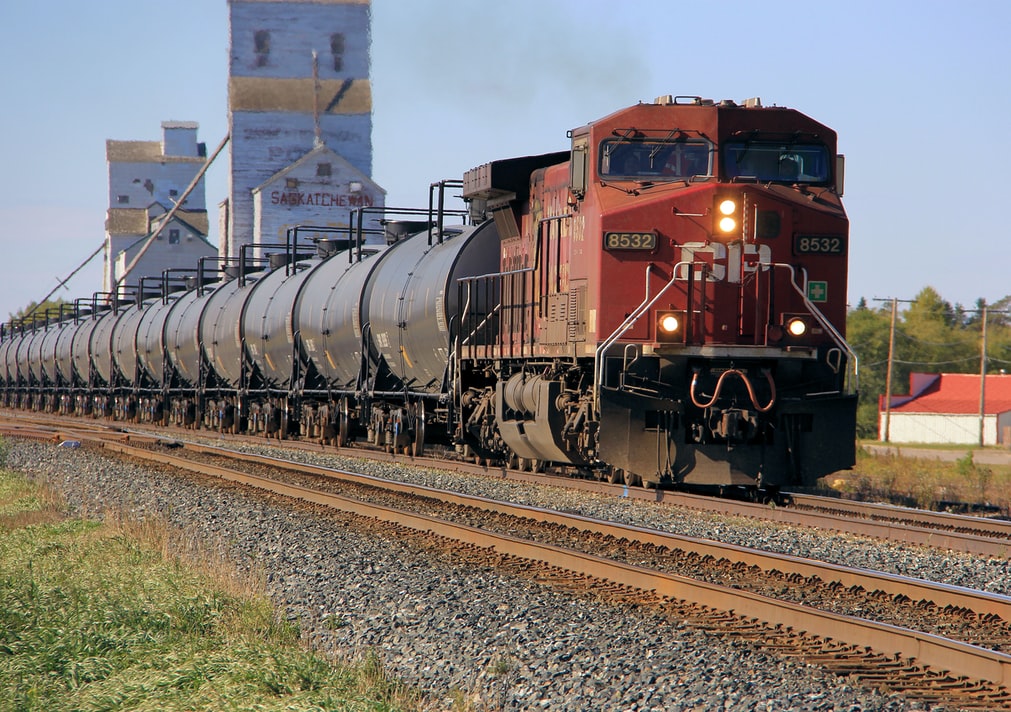-
Your trusted market research partner
- info@theindiawatch.com
- 8076704267

The Inauguration of Rewari-Madar Line on WDFC
India has achieved a major milestone with the inauguration of the 306 KM long dedicated railway line between Rewari (Haryana) and Madar (Rajasthan). The dedicated freight corridor, which is part of the larger Western Dedicated Freight Corridor (WDFC) has been built for INR 5,800 Crores (USD 780 million). The opening of the Rewari to Madar line also marked the beginning of 1.5 KM long double-stacked goods trains from New Ateli (Haryana) station to New Kishanganj station (Rajasthan), which is a rare feat.
With the advent of the new dedicated freight corridor line, food & agriculture, minerals, automobile industries in the region will find new markets. Besides, as the line will be seamlessly connected to ports in Gujarat through feeder routes, industrial outputs from the provinces of Rajasthan and Haryana will find new export destinations. The new corridor will be supplemented with industrial & manufacturing clusters and multimodal logistics parks to further boost industrial production and trade.
Western Dedicated Freight Corridor
The 1500 KMs long WDFC is a grand initiative towards giving a facelift to Indian logistic infrastructure. The project which primarily encompasses five provinces/states namely UP, Haryana, Rajasthan, Gujarat, and Maharashtra will connect Dadri in Western UP with JNPT, Mumbai. The freight corridor will entirely be dedicated to high-speed goods trains, which will travel at speed of around 90 KM/ hr. This is a significant improvement of the current speed of goods trains in the country.
In addition to helping export-led growth, dedicated corridors will also help in speed up goods transfer between Northern and Southern parts of the country. The WDFC, which is expected to be completely operational by 2022 will shorten goods transfer between North to South to 12-20 hours, a drastic improvement from the current time, where it takes around 3-4 days.
WDFC will employ double-stacked wagons. They will also be mostly double the length of existing trains, which currently mostly comprises around 45 wagons. This will translate into 3 to 4 times increased capacity at a lesser unit cost of goods transfer. Faster commute time and larger capacity alongside the reduced unit cost of goods transfer will render increased, industrial productivity, trade, and employment generation.
WDFC will also complement the USD 90 billion Delhi Mumbai Industrial Corridor (DMIC) and play a pivotal role in the industrialization of the North and Western states of India. DMIC, where work is already going at a fast pace will involve hi-tech industrial clusters spread across the WDFC. The dedicated freight corridor will enable the faster, large-scale, and affordable transfer of goods thereby rendering vital support to DMIC.
Bridge the Infrastructure Gap
In past, India's infrastructure has been one of the bottlenecks in realizing its long-term potential of becoming a global industrial powerhouse. In developed markets like the USA, Germany, and Japan, logistics contribute just 8-10% of the total production costs. In contrast in India, suboptimal infrastructure results in logistics contributing 13-15% of the total production cost. This undermines India's natural competitive advantages in the form of cheaper land prices and affordable labor costs.
However, this is going to reverse soon as the Indian government is keeping overall infrastructure development, very high up on its growth agenda. It has formed an infrastructure development grid of USD 1.4 trillion that includes logistics, power supplies, renewable energy, urban development, and much more.
As a part of its long-term agenda of achieving holistic growth through enhanced infrastructure development, India is modernizing its railways aggressively. Railways currently constitute 30% of the aggregate freight transfer by volume. Dedicated freight corridors alongside high-speed transit lines, suburban transit systems, multimodal logistics parks, etc. are being developed at a cut-throat pace.
